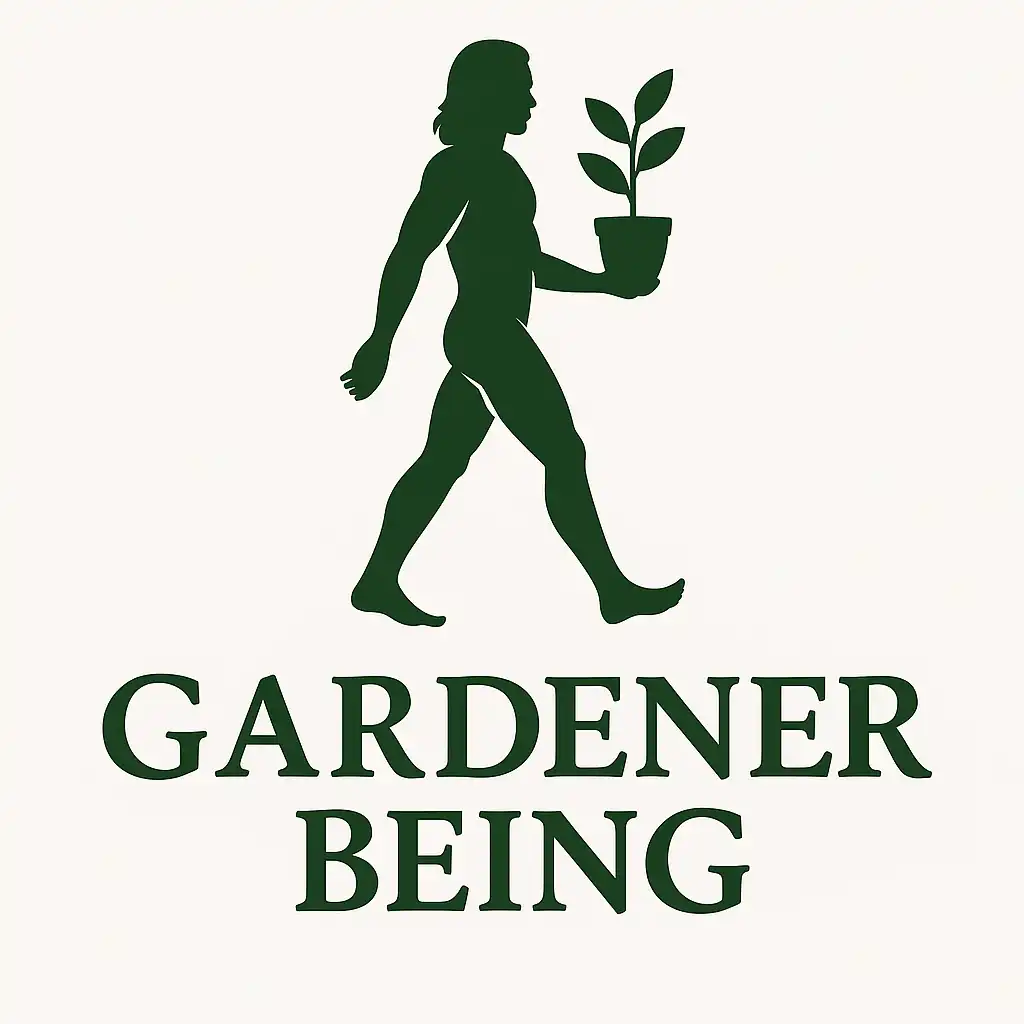Want to improve your garden yields? Discover the optimal planting choices and timing strategies for more than 40 various vegetables to ensure a successful harvest throughout the year.
February marks the beginning of vegetable sowing, with a calendar available each year to guide gardeners. The aim is to cover all possibilities, ensuring no one feels they’ve missed a date. This calendar provides an overview of the many possibilities during the year, highlighting key dates for different common vegetables for succession sowing, and the reasons behind sowing at specific times.
February Planting
February is still a cold month in many regions, requiring seeds to be sown under cover. Most sowing dates throughout the year are under cover, as this method works more effectively. If sowing outside is preferred, it’s generally necessary to sow a bit later, especially in the spring. Mid-February is considered a good time to start.
- Increasing light levels
- Increased chance of warmth under cover from the strengthening sun
Lettuce
Lettuce is a good first vegetable to sow in February. There are two ways to harvest lettuce:

- Harvesting lettuce leaves:
- Subsequent sowings in late May or early June
- Mid-July
- September (for under cover cropping).
- Lettuce for hearts:
- Late February
- April
- Early June
- July
- End of July
Radish
Radish is a spring vegetable that thrives best in the spring or autumn, but not so well in the summer. The best dates for sowing radish are February, March, and April, with one more sowing in September.
Onions
Onions come in two categories:
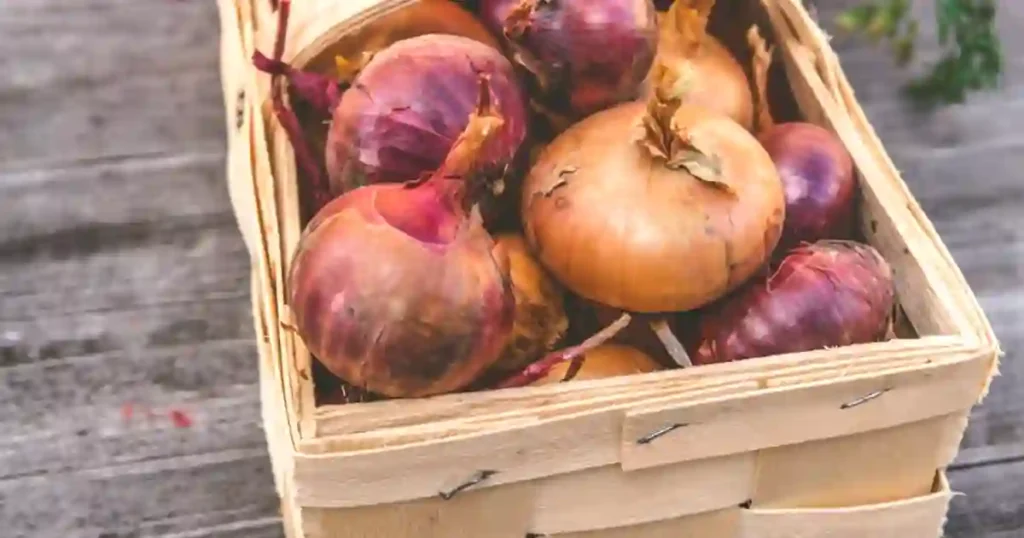
- Onions for bulbs:
- Sow through February and March.
- Plant out late March.
- Late sowing in late summer to overwinter as a small plant.
- Onions for salad:
- Multisowing under cover until July.
- Space sowings out by six to eight weeks.
Specialty Vegetables: Kohlrabi and Fennel
Kohlrabi and fennel can be sown from February into early March for a harvest in early June. Resow them in mid-to-late July for an autumn harvest, avoiding the middle of summer.
Spinach
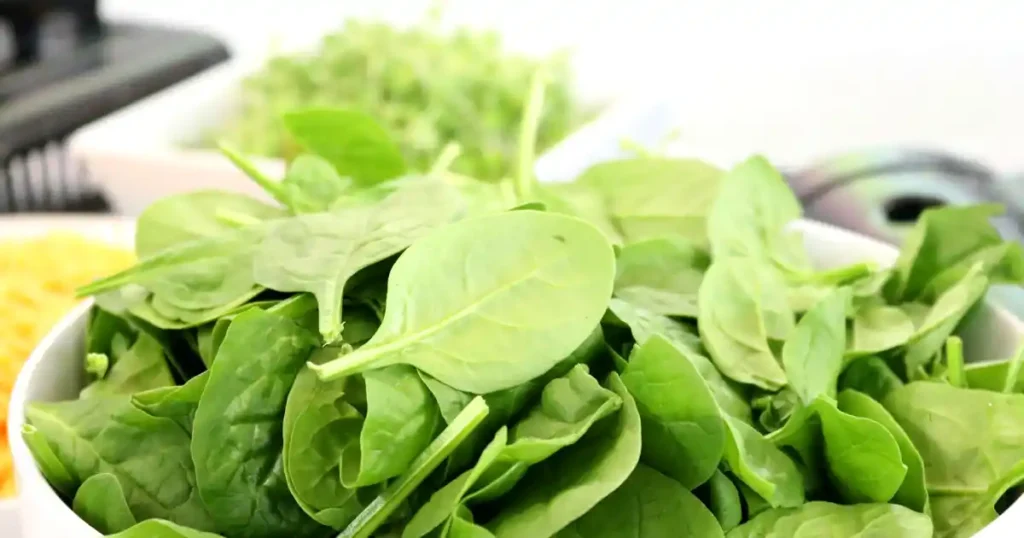
Spinach is best sown quite early, from February through March, before it flowers in late May or June. Avoid sowing in April, May, June, or July, but sow again in August for autumn and winter harvests.
Legumes: Peas and Broad Beans
Broad beans can be sown in November for overwintering, but the main sowing time is late winter to early spring. While it’s possible to sow broad beans in the summer, the results may not be as good. Peas are similar to broad beans, but are often sown more in March. In February, peas can be sown for shoots.
Beetroot
Multisowings of beetroot under cover in February, March, and April are effective for early beetroots. A second sowing can be done anytime from June into early July for autumn and winter harvests.
Brassica Family
The large brassica family offers options for cabbage, broccoli, and cauliflower.
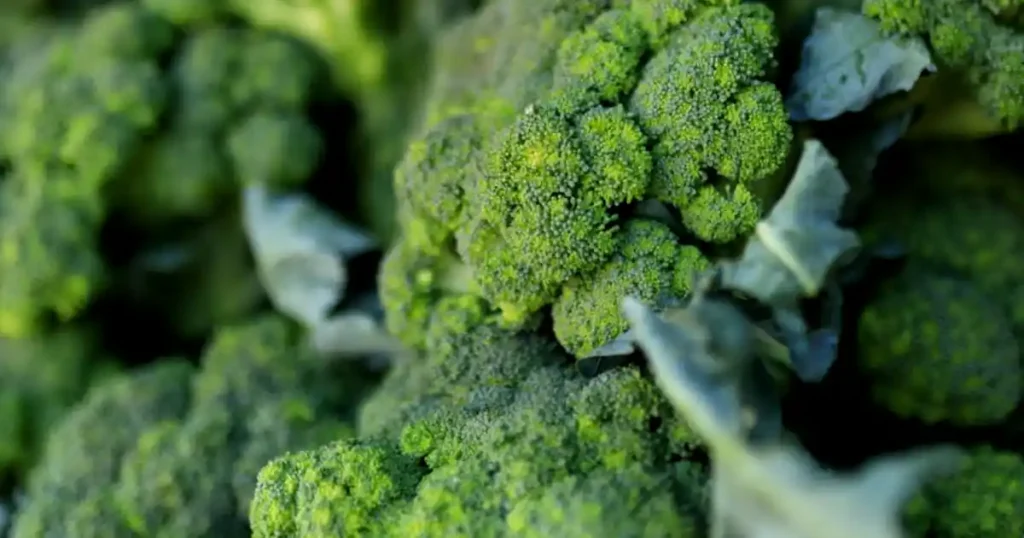
- Cabbage:
- Spring sowings (February-March) for early summer cropping
- May for autumn cropping
- July for Savoy and hardy cabbages to overwinter
- Late August-early September for cabbages to overwinter as small plants and crop in the spring.
- Broccoli:
- Sow purple sprouting broccoli in June.
- Calabrese types can be sown any month in the spring up to early July for cropping through the year.
- Cauliflower:
- Mid-February start
- June for autumn cropping
- July for overwintering cauliflowers.
Heat-Loving Plants
Heat-loving plants like chilli, pepper, and aubergine are best sown towards the end of February or in March, providing them with warmth to get them going. Avoid sowing beyond the end of March.
March Planting
As March arrives, planting options expand. It’s still possible to sow anything mentioned for February, depending on the location and desired harvest time.
Tomatoes
While some sow tomatoes in February, March 10th often yields excellent results. Sowing six to eight weeks before planting tomatoes, whether under cover or outside, is a reasonable guideline.
Peas
Peas for pods grow rapidly from sowing, making early March a good time. This allows for planting out towards the end of March as the ground warms up.
Outdoor Sowings: Carrots and Parsnips
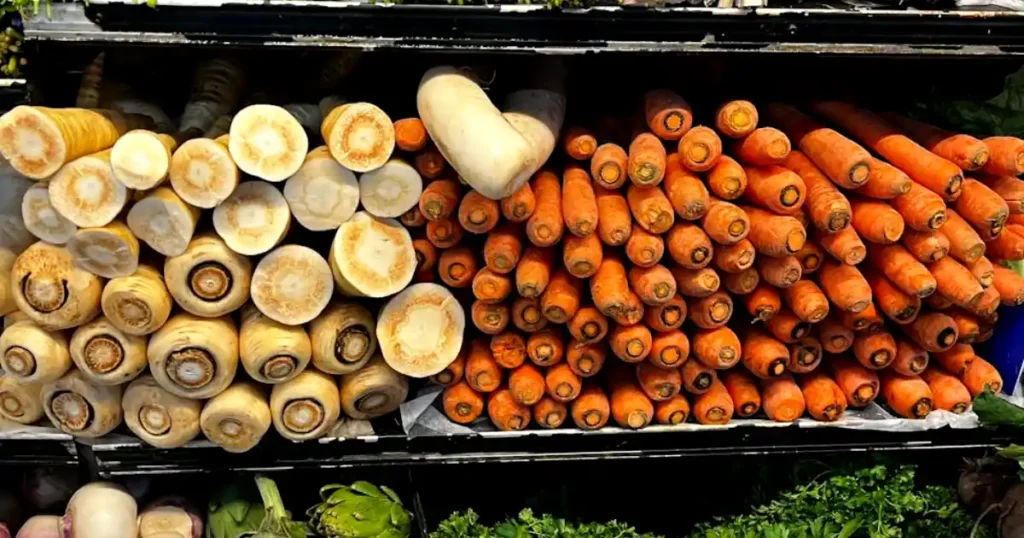
Carrots and parsnips can be sown under cover, transplanting taprooted vegetables may not always be successful. Direct sowing outside from the middle of March or around the equinox is recommended.
Celery and Celeriac
While celery can be sown in February for planting under cover, celery and celeriac are warmth-loving plants. Mid-March is an ideal time for sowing them. Celery can be sown a bit more after that, but not after the end of May.
Leeks and Basil
Leeks and basil can be sown around the second week of March. Although leeks can be sown for summer and early autumn cropping in February, doing so increases the likelihood of cold weather prompting early bolting. Early April is a preferred date for sowing leeks, and basil can be sown in late March.
Bulb Plantings: Onions and Potatoes
Onion sets should be planted around equinox time to avoid bolting. Potatoes should be planted no more than four weeks, and preferably three weeks, before the last frost date. A few early potatoes can be planted in late March, with precautions taken against late frost.
April Planting
In April, warmth-loving plants become more prominent. Basil can be sown up until July, but one good sowing can suffice for the entire year. Mid-April is a good time for cucumbers intended for growing under cover. If sowing cucumber for outside, early to middle of May is recommended.
Courgettes and Squash
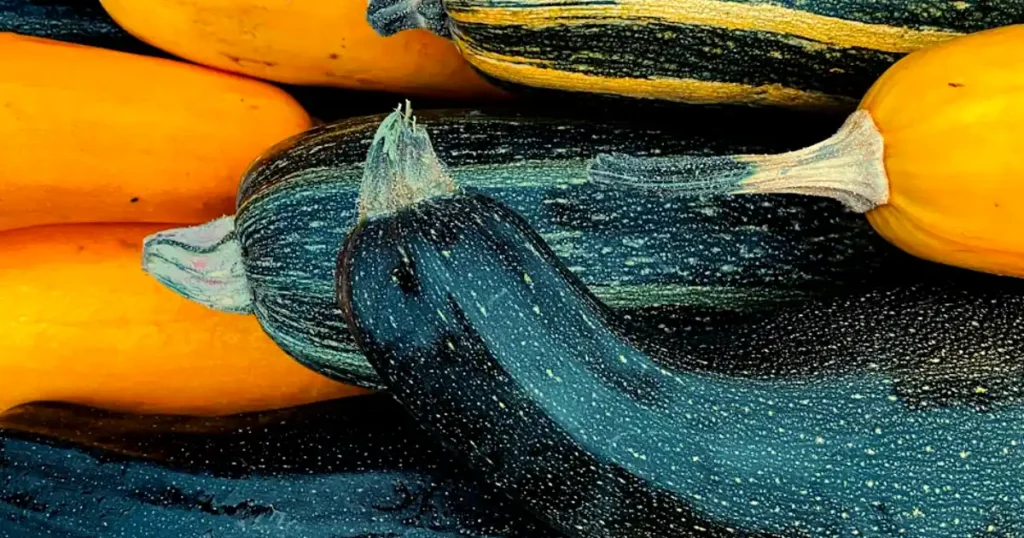
Courgettes thrive best when sown not too early, with mid-April being the first call, even towards April 20th or 25th. April 25th often provides the best results for squash plants, particularly winter squash.
Sweetcorn
Sweetcorn requires warm ground for optimal growth, making mid-April the first sowing date. There’s approximately a month beyond that for sowing, and early varieties can be sown later to crop more quickly towards the end of the season.
Chard and Leaf Beet

Chard and leaf beet are best sown in the middle of April, as sowing too early can cause them to bolt. This timing also helps space out sowings.
Melons
Melons take longer to grow than cucumbers, making the first week of April a good time to sow them, providing as much warmth as possible.
May Planting
In May, consider focusing on autumn and winter crops. Continue options from previous months, with Brussels sprouts and kale being new additions that can be sown and transplanted around the middle of June.
Brassicas: Brussels Sprouts, Kale and Swedes
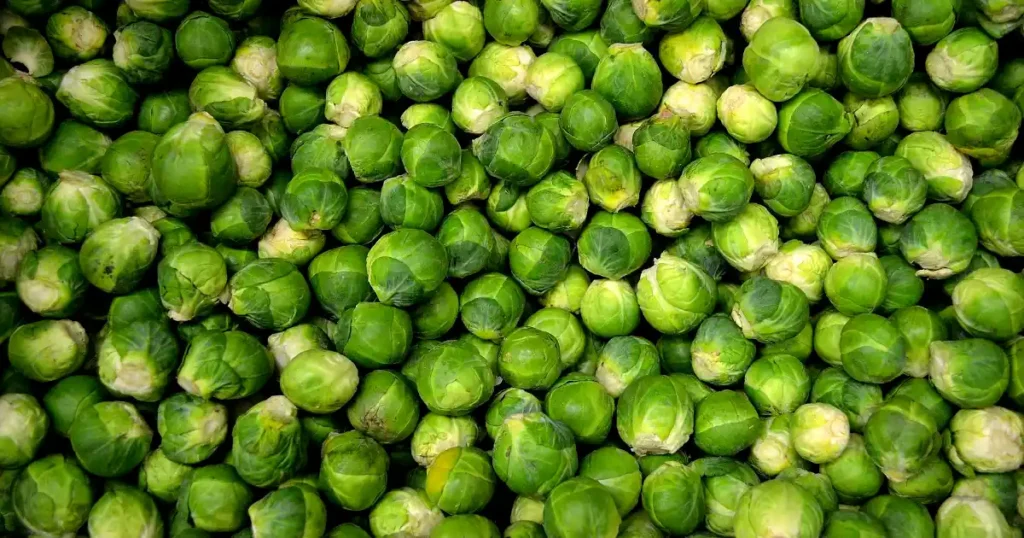
- Brussels sprouts:
- Need a long season, but if sown too early, they can become enormous before needed.
- Swedes or rutabagas:
- Sow right at the end of May or early June for winter harvesting. They don’t need the whole season and can become too large.
Beans
French beans, pole beans, runner beans, and borlotti beans all need warmth. Sowing them later results in better outcomes. May 10th is a prime date to sow French and climbing beans.
Summer Planting
Summer offers the chance to sow specific vegetables, filling gaps in beds as harvests are enjoyed.
Endive and Radicchio
Endive and radicchio provide slightly bitter leaves that crop well in the autumn when lettuce declines. Sow endive from mid-June, then in mid-July and mid-August. Chicories for heads, like radicchios, thrive when sown in the first half of July.
Chinese Cabbage
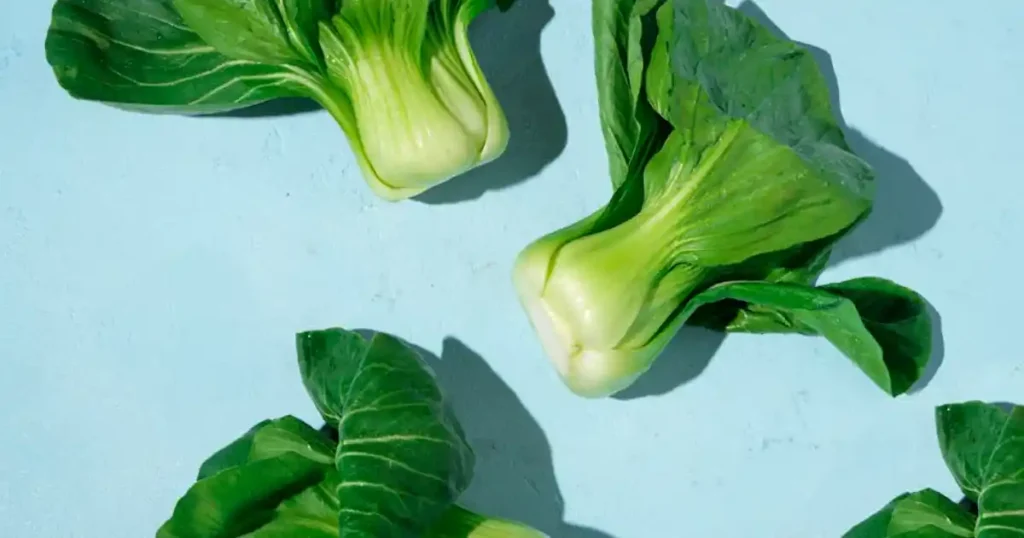
Sow Chinese cabbage towards the end of July or the first week of August to avoid brassica pests. Protection is still recommended for lovely autumn heads.
Salad Rocket, Mustards and Pak Choi
Salad rocket, mustards, and pak choy should be sown in the first week of August for lovely crops through the autumn.
Autumn Planting
In early autumn, focus on brassicas such as rocket and pak choi. Mustards can be grown under cover through the winter by sowing in mid-September and transplanting in October.
Radish and Turnips
Some radish varieties, such as winter radish, can be sown in late July. Turnips can be sown in August.
Lettuce and Endive

Lettuce and endive thrive under cover through winter, making early September an ideal sowing time.
Late Autumn Plantings
Garlic should be planted around the equinox and into October. Broad beans can be sown in early November.
Planting Calendar
Conclusion
Timing and planting choices are essential for a successful vegetable garden. By understanding the optimal sowing periods for various crops, gardeners can enjoy a continuous harvest throughout the year. This guide offers a framework for planning and optimizing your planting schedule, ensuring a bountiful yield throughout every season.
